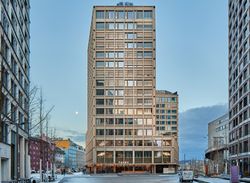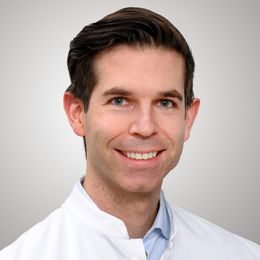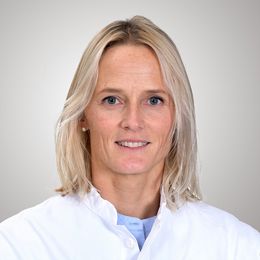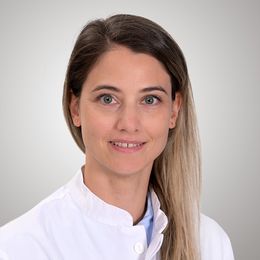
Hand surgery
As a patient of Balgrist University Hospital, you can benefit from the whole range of hand and peripheral nerve surgery covered by our team: whatever the cause or problem, and no matter how complex the treatment, our experienced specialists are here to help – you are in good hands!
Our highly specialized hand team treats birth defects in newborns, the consequences of an accident or illness in children and adults or damage caused by erosion in older people.
Areas of expertise
We bring together highly specialized knowledge and skills, techniques and materials to give you the best possible treatment.
For instance, this includes:
- diagnostic and surgical arthroscopy and endoscopy
- microsurgery including free tissue transfer
- nerve reconstruction including preoperative electrodiagnostics
- multiplanar analysis and correction of malpositioned joints
- use of prosthetic replacement joints, and so on
Treatments and procedures
Balgrist University Hospital provides surgical treatments and procedures for the following hand problems:
- Carpal tunnel syndrome, Dupuytren's contracture, ganglion cysts, trigger finger
- Fractures and badly healed breaks to the forearm, wrist and the bones of the hand
- Painful, malpositioned, unstable or stiff joints as a result of an accident, illness, rheumatism or erosion
- Paralysis of the arm and hand, particularly damage to the brachial plexus in children and adults
- Microsurgical reconstruction, tendon transfer and other redo and correction procedures

Cooperation with Triemli City Hospital
In cooperation with Triemli City Hospital, we perform some of the outpatient hand surgery procedures in the infrastructure of the “Stadtspital Zürich Europaallee” outpatient center. Follow-up care for these cases takes place at Balgrist.
Appointments
We are happy to arrange appointments on site or online for Monday, Wednesday and Friday.
+41 44 386 30 11
+41 44 386 30 99
Email
You can reach us as follows:
Monday to Friday
8.00 a.m. to 12 noon
1 p.m. to 5 p.m.
Videos Hand surgery
Flexor Pulley Injury in Rock Climbers
This video explains the technique to perform surgery of an A2 and A4 flexor tendon pulley reconstruction for multiple closed pulley disruption in rock climbers. Closed flexor tendon pulley disruption is the most common injury in rock and sport climbing. Most injuries concern only one (A2 or A4) or two (A2-A3 or A3-A4) pulleys and can be treated conservatively. Triple pulley injuries (A2-A3-A4) are less common but can lead to pain and extension deficit in the PIP joint which might require surgery.
Treatment of Flexor Pulley Injury in Rock Climbers (PDF in German)
Mishealed bones (malunion)
After bone fractures, malhealing can occur for various reasons (malunion), which can result in pain and/or a movement deficit. We digitally analyze these malunions using 3-D technology and, if necessary, operate on them with appropriate drilling and sawing templates from the 3-D printer.
Scaphoid pseudarthrosis
A scaphoid fracture (if missed or inadequately treated) can lead to pseudarthrosis (false joint, failure to heal). After only a few months, the bones deform in such a way that it is difficult to restore the original shape. For this purpose, we use 3D-assisted analysis procedures as well as drilling and reduction templates from the 3D printer to restore the scaphoid as anatomically as possible.
3d osteotomy radius sliding guide ulnar variance
The distal radius fracture is the most common fracture in humans. For various reasons, for example, due to missed, conservatively treated, secondarily slipped or inadequately operated fracture, this localization therefore has the highest incidence of mishealed fractures. Many of these are outside the joint, so only the length of the radius and the tilt and lateral displacement need to be corrected. We have continually optimized this surgery over the past few years to restore the anatomy as accurately as possible. In this video you will see a brief summary of the main steps of planning and operating such a procedure with a tool that allows to set the exact length of the radius to the ulna intraoperatively.







